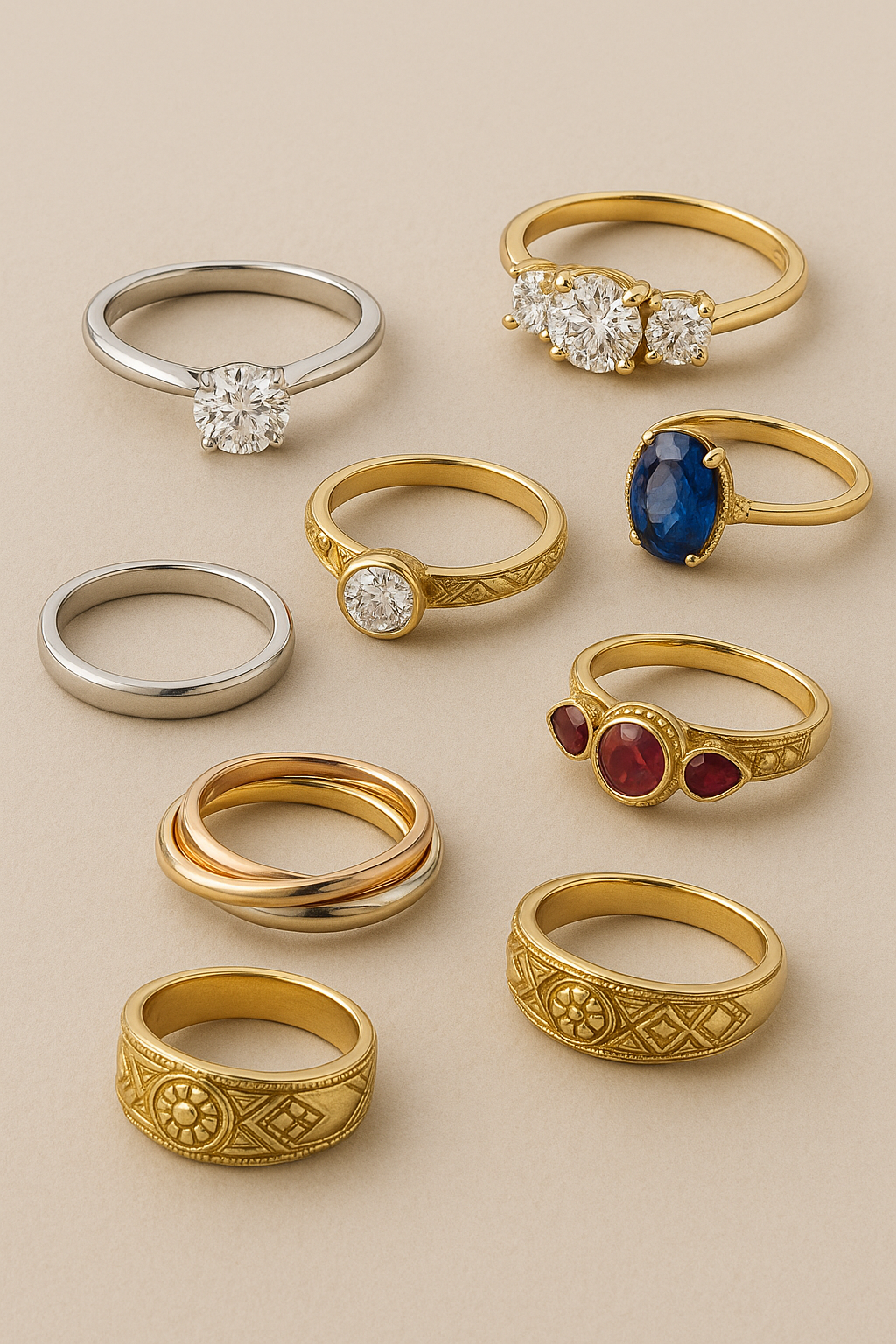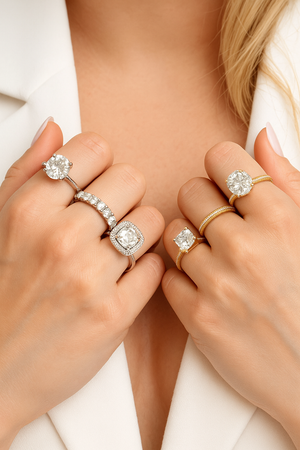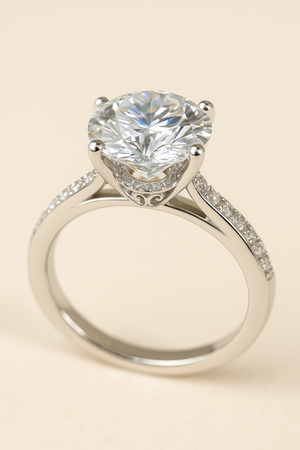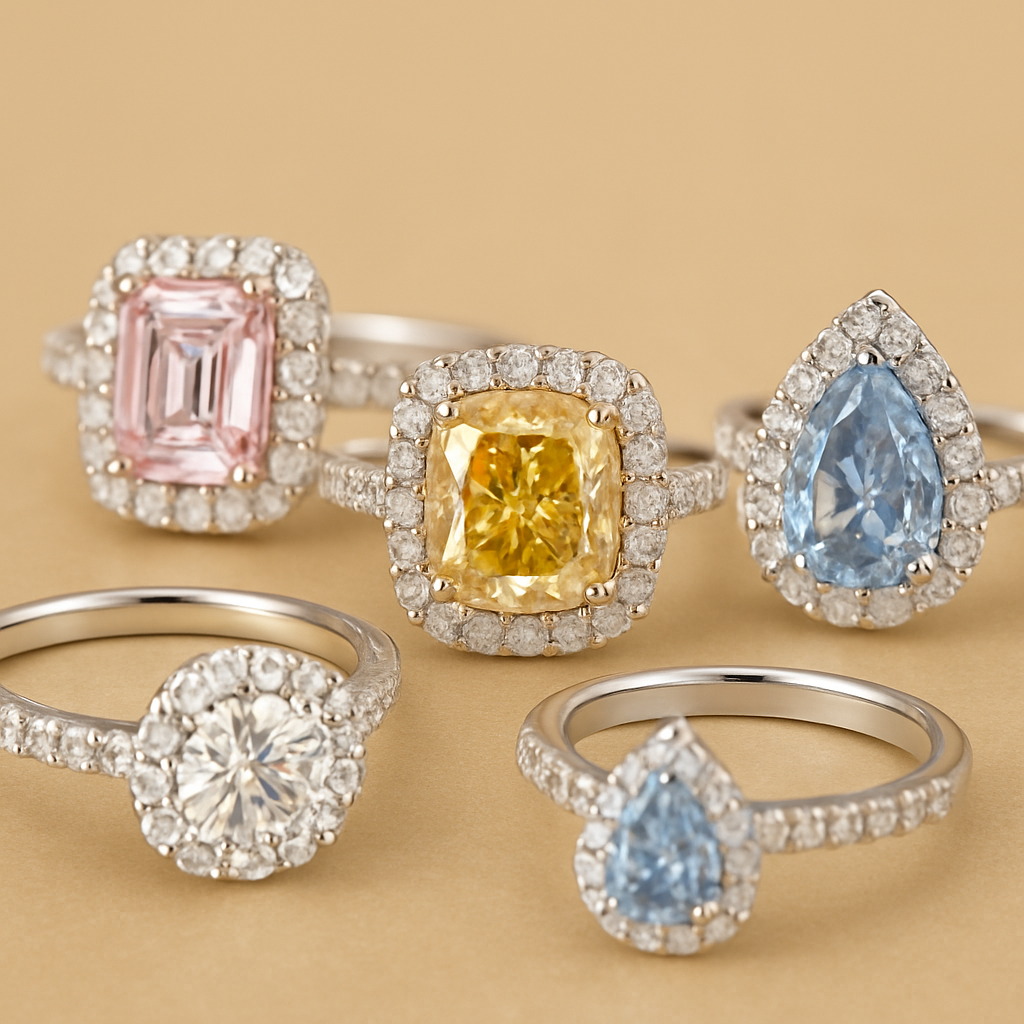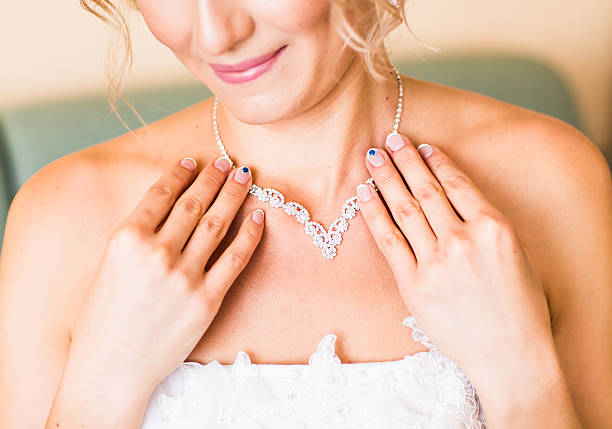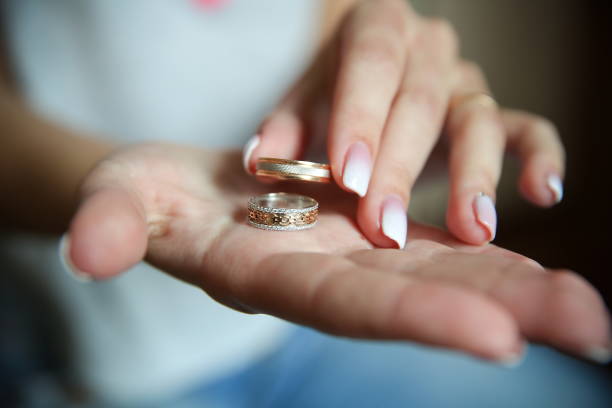Cart
0
An engagement ring is more than just a glittering piece of jewelry — it is a symbol of eternal love, cultural tradition, and personal identity. Across the globe, the design, gemstone choice, and even the metal used in an engagement ring hold profound meaning. While the diamond solitaire dominates Western traditions, countless cultures bring their own symbolism and artistry to the concept of an engagement ring.
In this detailed guide, we’ll explore how different countries and cultures express commitment through engagement rings — uncovering not just the designs, but also the symbolism, history, and cultural importance behind them.
💍Western World: The Diamond as Forever
In the Western world (United States, UK, Canada, much of Europe), the diamond solitaire engagement ring is the ultimate classic. This tradition gained massive popularity in the 20th century after De Beers’ legendary campaign coined the phrase “A Diamond is Forever” (1947).
-
Symbolism of the diamond: Diamonds are the hardest natural substance, symbolizing strength, eternity, and an unbreakable bond. Their brilliance represents everlasting light in love.
-
Common styles: Solitaire (single diamond), halo (center stone surrounded by smaller diamonds), pavé, and three-stone rings.
-
Modern evolution: Many couples are now opting for sustainable choices like lab-grown diamonds or unique gemstones like morganite, aquamarine, and moissanite — but the symbolism of commitment remains intact.
- Example: Meghan Markle’s three-stone engagement ring (diamond center with stones from Princess Diana’s collection) represents continuity, love, and legacy.
🇯🇵 Japan: Simplicity, Platinum, and Purity
Japanese couples often lean toward understated elegance. Engagement rings in Japan are most often crafted in platinum, a metal that symbolizes endurance and purity.
-
Why platinum? Its resilience mirrors the Japanese value of lasting sincerity in relationships.
-
Designs: Minimalist solitaires or small round-cut diamonds. Big, flashy stones are rare, as modesty is highly regarded.
-
Cultural nuance: In Japan, a ring is less about size and more about the purity of love and harmony between partners.
- Fun fact: Platinum accounts for nearly 60% of all engagement rings sold in Japan, compared to gold dominance in most of the world.
🇮🇳 India: Gemstones, Gold, and Astrology
India’s engagement traditions are vibrant and deeply tied to heritage and spirituality. Rings often showcase colored gemstones — rubies, sapphires, emeralds — alongside diamonds, frequently set in yellow gold.
-
Symbolism of gemstones:
-
Ruby – passion and protection.
-
Emerald – prosperity and harmony.
-
Sapphire – loyalty and wisdom.
-
Ruby – passion and protection.
-
Cultural connection: Astrology plays a role in gemstone selection, as certain stones are believed to bring luck or ward off negativity.
-
Beyond rings: In many Indian communities, brides receive a mangalsutra (a sacred black-and-gold beaded necklace) during the wedding ceremony, often holding more cultural weight than the engagement ring itself.
- Example: Bollywood actress Priyanka Chopra’s cushion-cut diamond ring reflects the blending of Western and Indian traditions — a modern twist on cultural symbolism.
🇮🇹 Italy: The Romance of Three-Stone Rings
Italy, a land synonymous with romance, favors the three-stone ring. Known as trilogy rings, they hold a special meaning: “Ti amo ieri, oggi, e domani” — I love you yesterday, today, and tomorrow.
-
Symbolism: Each stone reflects past, present, and future, making it a poetic and romantic choice.
-
Designs: Yellow or white gold bands with classic round or emerald-cut diamonds.
- Cultural philosophy: Italians see jewelry as art that tells a love story, blending design, passion, and history.
🇫🇷 France: Vintage Sophistication
The French approach engagement rings with elegance and individuality. Many French brides opt for vintage or art deco styles and alternative gemstones such as sapphires and emeralds.
-
Symbolism: Choosing colored stones over diamonds often symbolizes independence and sophistication.
-
Cuts: Cushion, oval, and marquise cuts are especially popular.
-
Cultural influence: French jewelry reflects the country’s heritage of artistry and haute couture, often incorporating ornate filigree or intricate settings.
- Example: Princess Diana’s sapphire engagement ring — now worn by Kate Middleton — is especially admired in French and European fashion circles for its timeless yet bold character.
🇪🇬 Middle East: Opulence and Prosperity
Engagement jewelry in Middle Eastern cultures is often opulent and gold-focused. Families frequently gift sets of jewelry beyond just a ring — necklaces, bangles, and earrings — symbolizing wealth, blessings, and protection for the bride’s future.
-
Symbolism of gold: Gold represents security, divine light, and prosperity.
-
Designs: Bold gold bands with diamonds or colored gemstones, often featuring elaborate patterns.
- Cultural emphasis: Jewelry here is a reflection not just of love but also of family honor and social status.
🇷🇺 Russia & Eastern Europe: The Trinity Ring
A famous symbol of love in Russia is the Trinity ring — three interlocking bands of gold (white, yellow, and rose).
-
Symbolism: Each band represents faith, hope, and love. The interlocked design reflects unity and eternity.
-
Cultural reach: Originally created by Cartier in 1924, it quickly became a favored choice in Eastern Europe and remains a timeless symbol.
- Meaning today: Couples view it as a metaphor for the inseparability of two lives joined together.
🌍Africa: Heritage and Ancestry in Jewelry
Across Africa, engagement traditions differ widely but often include handcrafted jewelry reflecting tribal artistry. Some rings use beads, symbols, or engravings that carry deep ancestral meaning.
-
Symbolism: Rings often reflect community, roots, and ancestral blessings rather than just romantic love.
-
Unique elements: Engraved geometric motifs or cultural symbols that link couples to their heritage.
- Modern trend: African designers are increasingly blending traditional craftsmanship with Western diamond settings, creating unique cultural fusions.
🌏 Global Fusion: Blending Traditions in Modern Love
Today, couples often merge traditions to craft unique engagement rings.
-
A Western bride might choose a classic diamond solitaire in a platinum Japanese-style band.
-
An Indian couple abroad might opt for a halo ring with gemstones tied to their astrology chart.
- Some mix metals (like yellow gold and white gold) for a modern cultural hybrid.
This fusion reflects the world we live in — diverse, interconnected, and open to personal expression in love.
✨ Final Thoughts
Engagement rings are far more than decorative jewelry; they are storytellers of love, heritage, and cultural symbolism. From the eternal diamond solitaire in the West to the colorful gemstone traditions of India, every ring style reveals not only a couple’s love story but also their connection to culture and history.
When choosing an engagement ring, consider not just beauty and price, but also the symbolism that resonates with your personal journey. In the end, the most meaningful ring is the one that reflects your love, your values, and your story.
At San Liora, we celebrate this global diversity of styles while crafting rings that embody timeless elegance, ethical sourcing, and modern romance. Whether you’re inspired by a classic solitaire, a cultural gemstone tradition, or a fusion of both, our collections are designed to help you find the perfect symbol of forever.


